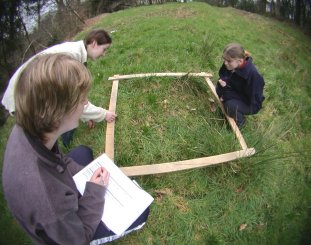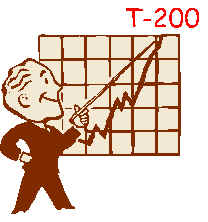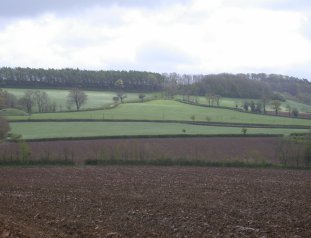 |
In winter, there is little or no grass growth.
As warmer weather approaches in spring, the grass starts growing again. In order to grow
commercial quantities of grass, fertiliser has to be added. This takes the form of
manufactured fertiliser. Without it, the grass yield will be drastically reduced. Grass responds well to nitrogen fertiliser. This is applied in early spring
and then regularly throughout the growing season. Natural fertilisers such as dung, are
rarely sufficient alone. |

|
A considerable amount of research has taken
place over decades to establish the optimum timing for fertiliser application. The timing
and chemical make-up of the fertiliser is influenced by a number of factors. If the farmer
spreads fertiliser too early in the year, it will not be taken up by the grass and rain
will wash it away. Conversely, if fertiliser is applied late, the yield of grass will be
significantly reduced. This will have a detrimental effect on the profitability of the
farm for the rest of the year. |

|
The result of this research is a national
indicator known as the T-200 sum. It is arrived at by adding up the average temperature
for each day, starting from 1st January. Only positive figures over 00C are
included. When the sum of daily temperatures reaches the 200 mark, the T-200 sum is said
to have been reached. It is then warm enough for grass to utilise fertiliser. Progress
towards the T200 sum is widely published in the farming press, for example, The
Farmers Weekly. |

|
However, just because the T-200 sum has been
reached, it does not automatically mean that the farmer will apply fertiliser, as his
local conditions may vary. For example, the figure is a national average and the farm's
locality may have experienced different weather conditions. The farm itself may be on wet
soils, making it impossible for machinery to travel to spread the fertiliser early in the
year, or may be situated in a cold north facing valley. |
|
Continue |

